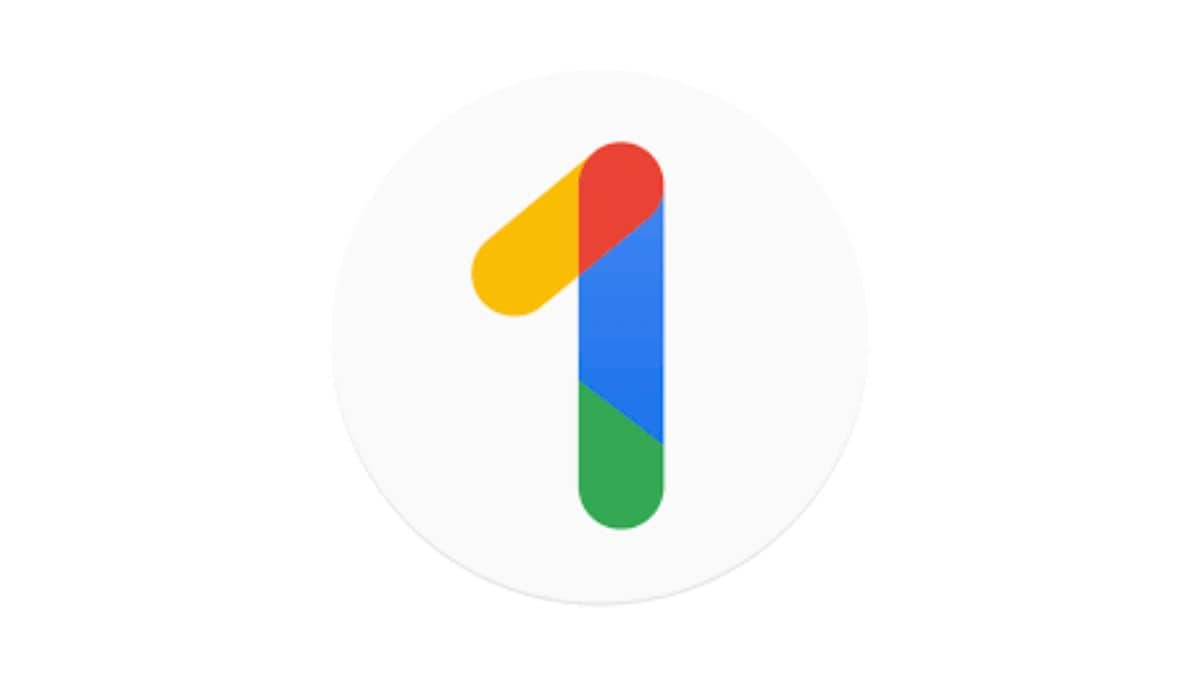A man wearing Abbott’s Lingo biosensor.
Courtesy of Abbott
Abbott Laboratories announced Thursday its over-the-counter continuous glucose monitor Lingo is available in the U.S. starting at $49.
Lingo is part of an emerging class of consumer-friendly biosensors that people can use to learn how their bodies respond to food, exercise, sleep and stress. These devices, called continuous glucose monitors, are small sensors that stick through the skin to measure real-time glucose levels. Glucose is a sugar molecule that comes from food, and it’s the body’s main energy source.
Continuous glucose monitors have served as tools for patients with diabetes, but Lingo is not intended for diabetes management. Instead, it’s designed for adults who do not take insulin and want to “improve their overall health and wellness,” according to a release.
Everyone’s glucose levels fluctuate, but consistently high levels can cause more serious health problems like metabolic disease, insulin resistance and heart disease, Abbott said. The company argues Lingo can educate users about existing habits and help them learn to manage their glucose in healthier ways.
“That’s really the goal, is to not only see and understand what’s happening inside your body, but to be able to improve on that, to be able to build these healthy habits that drive those changes,” Ben Fohner, the director of Abbott’s Lingo app, told CNBC in an interview.
Abbott already offers continuous glucose monitors for diabetes patients in the U.S., so the company is looking to break into an entirely new market with Lingo. About 1 in 3 Americans have prediabetes, for instance, but these patients typically don’t qualify for prescriptions or insurance coverage for the monitors.
Now, they can pay for the sensors out of pocket without a prescription. Users can buy one sensor online for $49, two sensors for $89 or six sensors for $249, Abbott said. Each sensor is worn on the upper arm for up to 14 days.
Olivier Ropars, Abbott’s divisional vice president of Lingo, said the company decided to offer three different pricing options so curious consumers won’t feel intimidated by a lengthy commitment. A customer can opt to buy just one sensor to try for a couple of weeks.
“We want to make it as accessible and affordable as possible,” Ropars told CNBC in an interview.
Abbott’s competitor, Dexcom, is also eyeing the prediabetes market. The company released its over-the-counter continuous glucose monitor geared toward this demographic in late August. Dexcom’s device is called Stelo, and is available in the U.S. for $89 a month. Patients with Type 2 diabetes who do not take insulin can also use it, the company said.
The U.S. Food and Drug Administration approved Dexcom’s Stelo in March, and it cleared two over-the-counter continuous glucose monitoring systems from Abbott in June. One of Abbott’s systems was Lingo, and the second system, called Libre Rio, is intended for patients with Type 2 diabetes who do not take insulin.
Though Type 2 patients who are not taking insulin could technically use Lingo, Ropars said Abbott’s recommendation is to primarily use Libre Rio since it is specifically designed for them. The company declined to share when Libre Rio will be available.
The Lingo app
Abbott’s Lingo app.
Courtesy of Abbott
Like many continuous glucose monitors, Lingo transmits data wirelessly to an app. When users open it, they’ll see a real-time reading of their glucose data that’s updated every minute.
Those glucose readings are plotted on a graph, which includes a shaded area to indicate a “healthy range.” Fohner said Abbott’s clinical team defines this range as 140 milligrams per deciliter to 70 milligrams per deciliter.
One of Abbott’s primary goals is to help Lingo users learn about glucose spikes, which occur when the amount of sugar present in the bloodstream rapidly increases and then decreases. Glucose spikes commonly occur after eating.
Spikes can push a user’s glucose reading above the healthy range, but they can also occur within the healthy range. Limiting spikes and improving glucose management overall can help users improve their sleep and mood, manage their weight, and be proactive about their future health, Abbott said.
To help users conceptualize the impact of their spikes, Abbott created a metric called the “Lingo Count.” It’s an algorithm that assigns a numeric value to each glucose spike, and it’s supposed to represent how significant the impact is. Over each day, users have a target Lingo Count that they want to aim to stay below.
Abbott’s Lingo app.
Courtesy of Abbott
Users can see this data represented on a second, more interactive glucose graph when they scroll down Lingo’s home page. A number will appear in the shaded area beneath a spike, which represents the Lingo Count for that spike.
“It’s unique to Lingo, but really that number is an indicator and a function of, how high did your spike go, how long did it last, and what was the impact that that spike had on your body,” Fohner said.
Users can analyze Lingo Count data and see how they are doing over time, as well as what time of day they tend to experience the most dramatic spikes. They can also participate in challenges and access educational resources to learn how to reduce those spikes.
Ropars said metabolism doesn’t change overnight, and everyone’s bodies work differently. He said Lingo can serve as a window into how and why a user’s glucose levels vary. But the real value of Lingo, Ropars said, is the support it can offer users as they try to establish healthy habits.
“A lot of our products today are geared toward helping people that are experiencing a chronic disease or sickness and trying to get back on track,” he said. “Here, this is the first time we’re doing a product that is helping people, improving their daily life, taking control of their health before they get sick”











